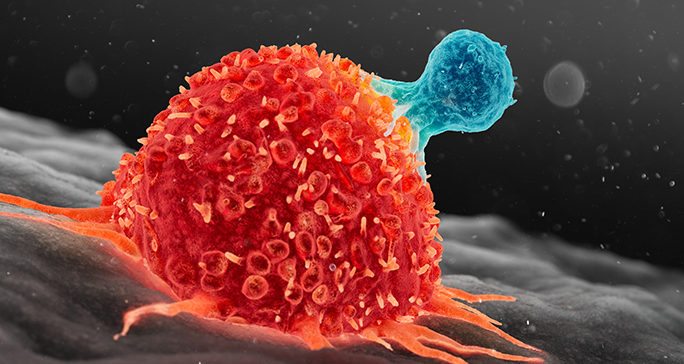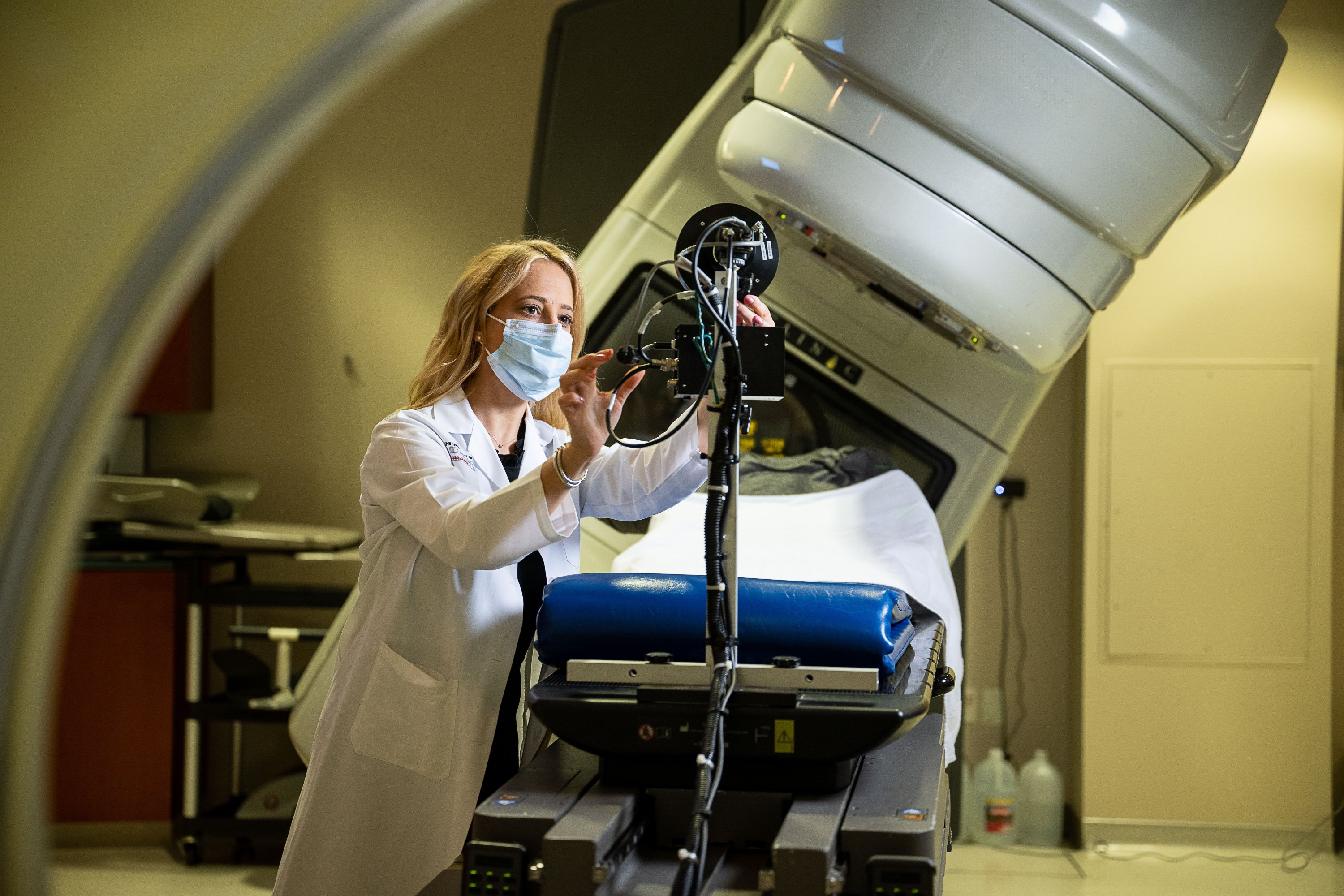- Diseases
- Acoustic Neuroma (14)
- Adrenal Gland Tumor (24)
- Anal Cancer (68)
- Anemia (2)
- Appendix Cancer (16)
- Bile Duct Cancer (26)
- Bladder Cancer (72)
- Brain Metastases (28)
- Brain Tumor (230)
- Breast Cancer (720)
- Breast Implant-Associated Anaplastic Large Cell Lymphoma (2)
- Cancer of Unknown Primary (4)
- Carcinoid Tumor (8)
- Cervical Cancer (158)
- Colon Cancer (166)
- Colorectal Cancer (114)
- Endocrine Tumor (4)
- Esophageal Cancer (44)
- Eye Cancer (36)
- Fallopian Tube Cancer (8)
- Germ Cell Tumor (4)
- Gestational Trophoblastic Disease (2)
- Head and Neck Cancer (8)
- Kidney Cancer (128)
- Leukemia (344)
- Liver Cancer (50)
- Lung Cancer (288)
- Lymphoma (284)
- Mesothelioma (14)
- Metastasis (30)
- Multiple Myeloma (100)
- Myelodysplastic Syndrome (60)
- Myeloproliferative Neoplasm (4)
- Neuroendocrine Tumors (16)
- Oral Cancer (100)
- Ovarian Cancer (174)
- Pancreatic Cancer (164)
- Parathyroid Disease (2)
- Penile Cancer (14)
- Pituitary Tumor (6)
- Prostate Cancer (146)
- Rectal Cancer (58)
- Renal Medullary Carcinoma (6)
- Salivary Gland Cancer (14)
- Sarcoma (238)
- Skin Cancer (296)
- Skull Base Tumors (56)
- Spinal Tumor (12)
- Stomach Cancer (62)
- Testicular Cancer (28)
- Throat Cancer (92)
- Thymoma (6)
- Thyroid Cancer (96)
- Tonsil Cancer (30)
- Uterine Cancer (80)
- Vaginal Cancer (16)
- Vulvar Cancer (20)
- Cancer Topic
- Adolescent and Young Adult Cancer Issues (20)
- Advance Care Planning (10)
- Biostatistics (2)
- Blood Donation (18)
- Bone Health (8)
- COVID-19 (362)
- Cancer Recurrence (120)
- Childhood Cancer Issues (120)
- Clinical Trials (632)
- Complementary Integrative Medicine (24)
- Cytogenetics (2)
- DNA Methylation (4)
- Diagnosis (232)
- Epigenetics (6)
- Fertility (62)
- Follow-up Guidelines (2)
- Health Disparities (14)
- Hereditary Cancer Syndromes (124)
- Immunology (18)
- Li-Fraumeni Syndrome (8)
- Mental Health (118)
- Molecular Diagnostics (8)
- Pain Management (62)
- Palliative Care (8)
- Pathology (10)
- Physical Therapy (18)
- Pregnancy (18)
- Prevention (914)
- Research (398)
- Second Opinion (74)
- Sexuality (16)
- Side Effects (608)
- Sleep Disorders (10)
- Stem Cell Transplantation Cellular Therapy (216)
- Support (402)
- Survivorship (322)
- Symptoms (184)
- Treatment (1790)
What is chemoradiation?
4 minute read | Published November 01, 2024
Medically Reviewed | Last reviewed by an MD Anderson Cancer Center medical professional on November 01, 2024
Chemoradiation describes the process of using chemotherapy in tandem with radiation therapy to treat cancer.
But how does chemoradiation work? Is it only used for particular kinds or stages of cancer? And, how do you know if you might be a good candidate for it?
We consulted three experts: gynecologic oncologist and surgeon Pamela Soliman, M.D., head and neck radiation oncologist David Rosenthal, M.D., and thoracic radiation oncologist Zhongxing Liao, M.D. Here’s what they shared with us.
How does chemoradiation work?
Soliman: Studies show that some chemotherapy drugs can enhance the effects of radiation on cancer cells when given at a low dose. So, we administer chemotherapy and radiation concurrently, or at the same time.
Rosenthal: The goal is to make tumors more sensitive to radiation therapy so that each fraction kills more cancer cells. Chemotherapy’s role is to act as a sensitizing agent. So, radiation is considered the primary form of treatment in chemoradiation.
How is chemoradiation typically administered?
Liao: Concurrent doesn’t necessarily mean simultaneous. So, you probably won’t find yourself in the radiation suite with an IV tube in your arm. Normally, patients get a chemotherapy infusion once a week, then start their first radiation treatment within 24 hours.
Rosenthal: When chemotherapy is used alone as a systemic therapy, we can give patients a high dose of multiple drugs, typically every three weeks. But you can’t do that with chemoradiation. It wouldn’t be tolerated. So, instead, we use a relatively modest amount of only one drug at a time, either once a week or every three weeks.
What makes someone a good candidate for chemoradiation?
Soliman: Chemoradiation is considered a local treatment, so it’s best for patients with stage I or II disease. If you have multiple tumors, or the cancer has spread extensively, chemoradiation is probably not a good fit for you.
Liao: The use of chemoradiation has expanded significantly in the last five or six years to all stages of lung cancer. So, we’re seeing more and more patients with stage IV cancer whose survival rates are improving through the use of chemotherapy combined with local radiation or other types of therapies, including immune checkpoint inhibitors.
Which cancers can chemoradiation treat?
Liao: Among thoracic cancers, it’s used to treat any type of cancer found in the chest. That includes lung cancer, esophageal cancer, thymoma and mesothelioma.
Rosenthal: Among head and neck cancers, almost all types of stage I and II cancers are eligible. That includes, but is not limited to: nasopharyngeal cancer, voice box or laryngeal cancer, tongue cancer, and tonsil cancer.
Soliman: From gynecology, you can add endometrial cancer, cervical cancer and sometimes vulvar cancer. Chemoradiation is also used to treat some gastrointestinal cancers, such as colorectal cancer.
Which chemotherapy drugs are used most frequently in chemoradiation?
Rosenthal: At MD Anderson, we use the platinum-based drugs cisplatin and carboplatin most often, as well as the taxane-based drug, paclitaxel. These vary in how well they sensitize cancer and normal cells, though. So, we try to pick the one with the best anti-tumor efficacy and lowest toxicity profile for each patient.
What are the most common side effects of chemoradiation?
Liao: The side effects of chemoradiation therapy depend on a tumor’s location. But inflammation of the esophagus, lungs or skin are all common side effects with thoracic cancer treatment. These usually occur three to four weeks into radiation therapy. Patients may also develop shortness of breath, a cough, or stenosis of the esophagus, airway, or blood vessel.
Soliman: Nausea, diarrhea and fatigue can be side effects of both chemotherapy and radiation therapy, so there’s already some overlap there. But chemoradiation can also affect blood counts, or the bone marrow’s ability to create new cells, more severely. Sometimes, people don’t recover as quickly from that as they would from just one or the other. Side effects specific to gynecologic cancers from chemoradiation include vaginal dryness, vaginal shortening due to fibrosis and sexual dysfunction.
Rosenthal: With head and neck cancers, the most common side effects of chemoradiation are mucosal and skin changes, dry mouth, temporary pain and difficulty swallowing, temporary loss of your sense of taste and possibly hearing loss or ringing in the ears.
What are the latest advances in chemoradiation?
Soliman: We have several clinical trials open right now studying whether adding immunotherapy to chemoradiation can benefit endometrial cancer patients with advanced disease more than just the standard of care.
Liao: We’ve conducted several clinical trials exploring whether proton therapy can spare normal tissue better than traditional photon therapy can in lung cancer patients or esophageal cancer patients receiving chemoradiation. There are also clinical trials exploring strategies to mitigate radiation-induced lymphocyte reduction, and spare cardiac structures with the guidance of a biomarker.
Rosenthal: The NRG clinical trial is looking at different combinations of targeted therapy and immunotherapy drugs with radiation to see if they have a greater effect in patients who can’t tolerate platinum-based chemotherapy.
What’s the one thing you want people to know about chemoradiation?
Rosenthal: In head and neck cancers, chemoradiation has improved local control of disease and increased survival rates by as much as 10% to 20% in clinical trials. It’s true that it can lead to more side effects. But when you’re talking about this much of an increase in positive outcomes, I think it’s definitely worth it.
Request an appointment at MD Anderson online or call 1-866-341-0590.

It’s best for patients with stage I or II disease.
Pamela Soliman, M.D.
Physician





